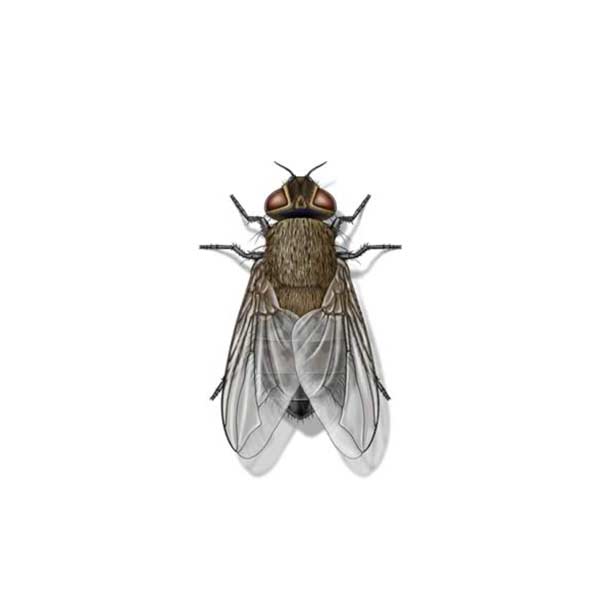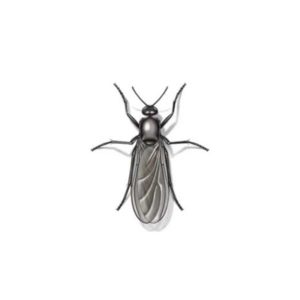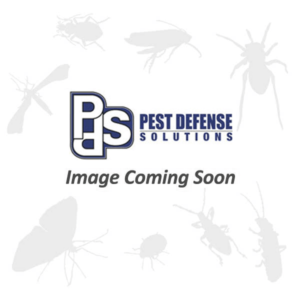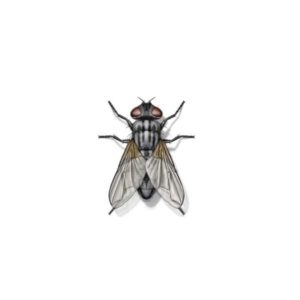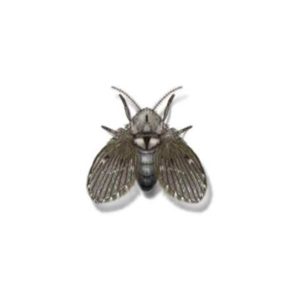Cluster Fly Identification
Cluster flies, often observed indoors from late autumn through early spring, earn their name due to their tendency to cluster, particularly in areas like attics. Also known as “Buckwheat flies” for the odor released when crushed, these insects measure 8 to 10 millimeters in length—slightly larger than the typical housefly. Their gray color is complemented by yellowish hairs on their thorax.
Cluster Fly Diet
Cluster flies primarily feed on nectar and pollen from flowers as adults, aiding in pollination. Their larvae, however, are parasitic and feed on earthworm larvae. While not damaging to human food or household items, adult cluster flies may seek shelter indoors during colder months, becoming a nuisance.
Cluster Fly Control and Prevention
Prevention of cluster flies is best done during the warmer months. Cracks leading into a dwelling should be sealed, eliminating entry routes for the flies. Screens on windows and doors should also be checked for integrity since flies can enter through tears in a screen. If an infestation is found, a licensed pest control professional should be called in order to properly treat the affected area. This is especially advisable if the flies have consolidated in an enclosed area such as a wall or an attic.
Need help with cluster flies?
We'll call you! Leave your information below.
Cluster Fly FAQs
What Are Cluster Flies Attracted to?
Cluster flies are attracted to buildings primarily in the fall, seeking shelter from the colder temperatures. They are drawn to sunny sides of structures and warmth, often entering through gaps, cracks, or openings in walls, windows, and doors. Once inside, they tend to congregate in large numbers, particularly in attics, wall voids, and other secluded spaces.
What Disease Is Caused By Cluster Flies?
Cluster flies themselves are not known to transmit diseases to humans. However, their presence in large numbers can be a nuisance and may trigger allergic reactions in some individuals. The primary concern with cluster flies is their overwintering behavior, seeking shelter in homes and other structures to survive the colder months.
How Do You Find the Source of Cluster Flies?
Locating the source of cluster flies involves inspecting the exterior of the building for potential entry points and conducive conditions. Common entry points include gaps around windows, doors, and vents. Additionally, checking for damaged screens, cracks in walls, or openings in the roof can help identify potential access areas. Inside the building, focusing on attics, wall voids, and other secluded spaces where cluster flies may gather during the colder seasons can reveal their nesting or harborage sites.
Cluster Fly Control and Prevention
To prevent cluster flies, it’s best to act during warmer months. Seal cracks leading into the dwelling to eliminate potential entry points. Check the integrity of screens on windows and doors, as flies can enter through tears. If an infestation is identified, it’s advisable to call a licensed pest control professional, like the team at Pest Defense Solutions, to properly treat the affected area. This becomes especially crucial if the flies have concentrated in enclosed spaces like walls or attics.
Call us today for a free no-obligation quote!

